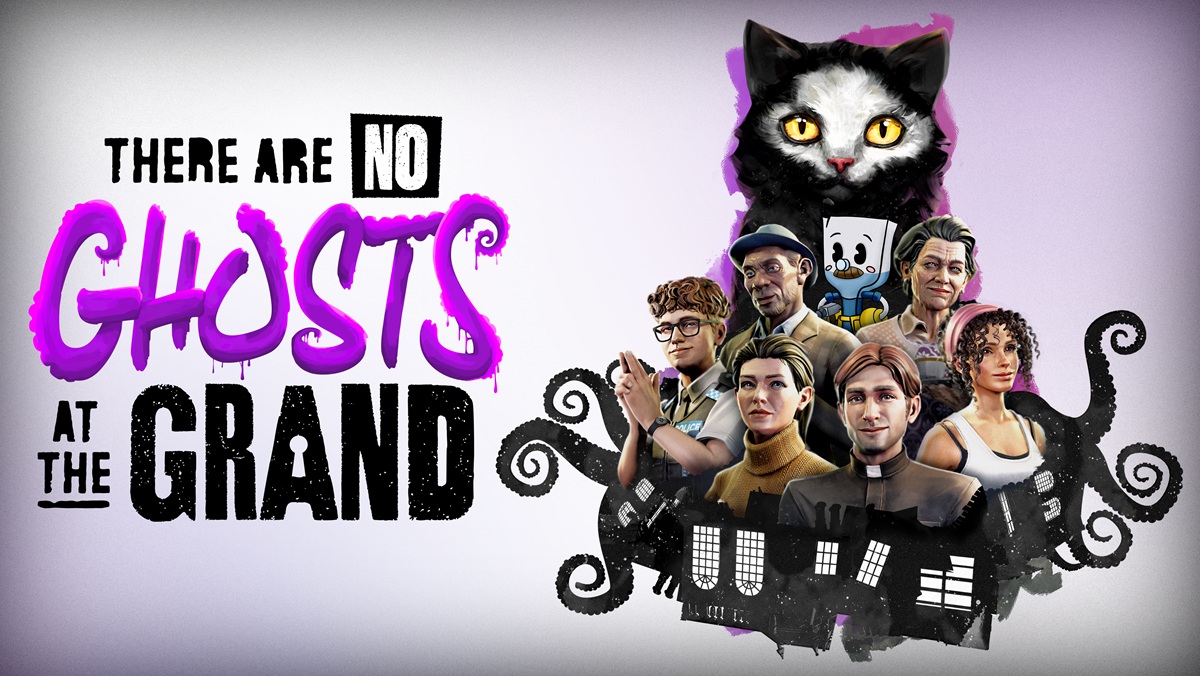Anil Glendenning is the creative director and leader of a small team at Friday Sundae that is creating a musical mystery adventure game called There Are No Ghosts At The Grand.
It’s set in an old English town where a young American, Chris David, finds out his real father left him a decaying hotel (The Grand) on the east coast of England in his will. David never met his father, but he goes to the hotel and learns it needs serious renovation. And what comes next is a spooky musical mystery.

Unlock premium content and VIP community perks with GB M A X!
Join now to enjoy our free and premium membership perks.
![]()

![]()